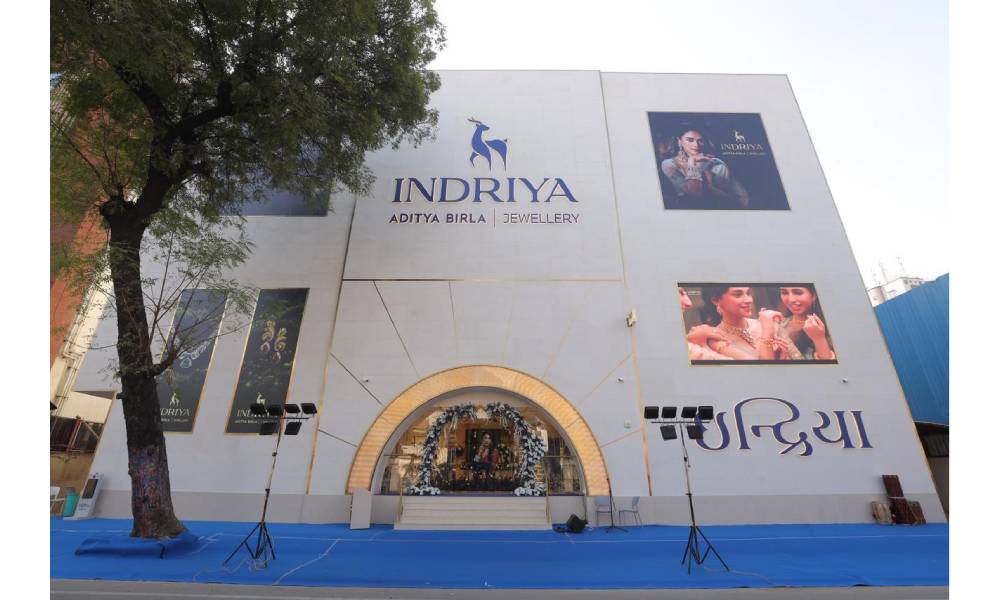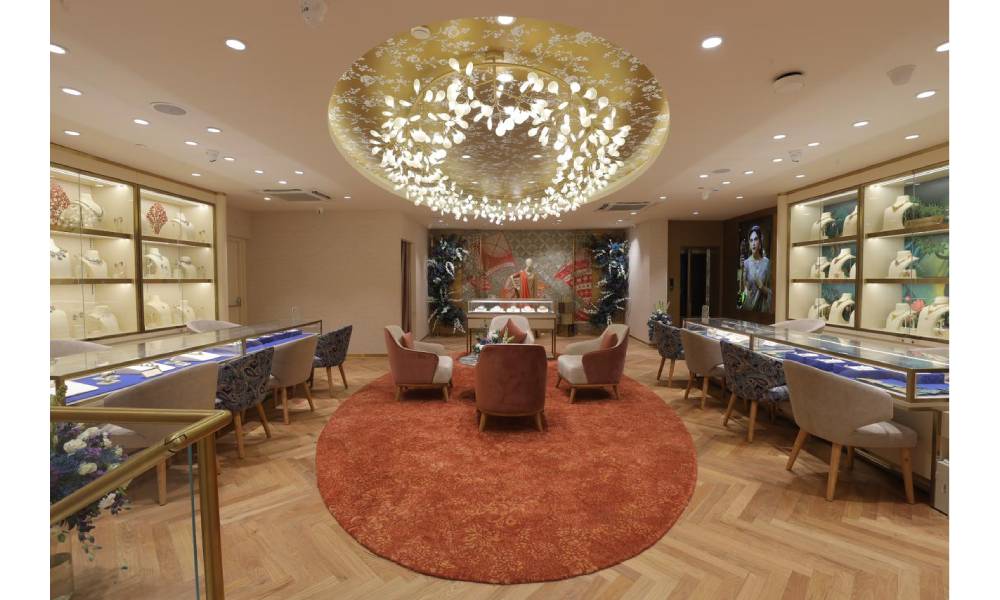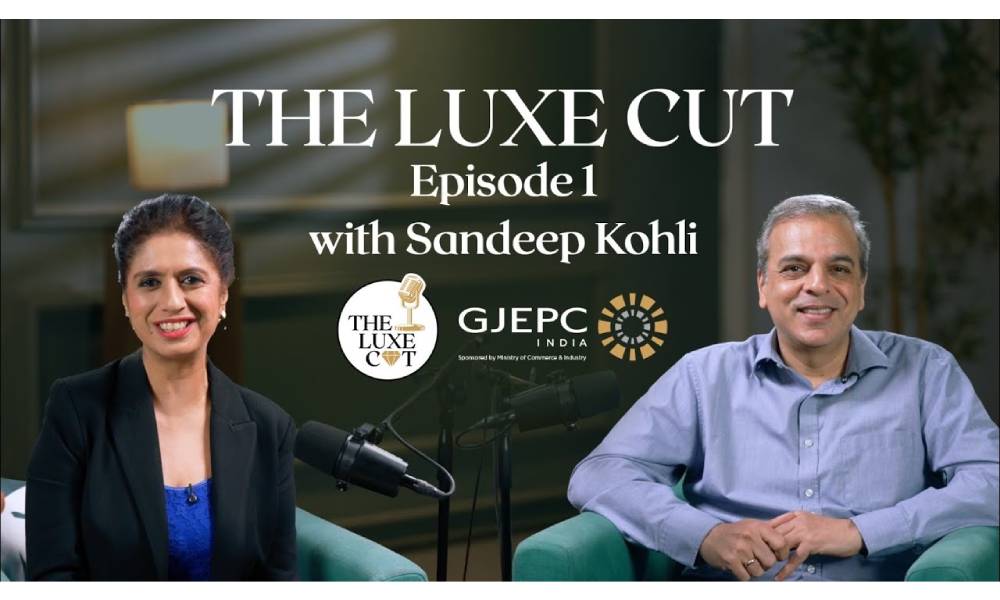As the Indian gems and jewellery sector sparkles with innovation and growth, Manisha Gupta, Group Commodities Editor – CNBC – TV18, sits down with Sandeep Kohli, CEO, Indriya, Aditya Birla Jewellery, for the inaugural episode of the GJEPC Podcast – The Luxe Cut (Full episode here). With a fresh perspective from his transition from FMCG to jewellery, Sandeep shares his vision for the industry, Indriya’s ambitious journey, and the evolving consumer landscape ahead of IIJS Tritiya. Here’s a glimpse:
Manisha: With your wealth of experience, what changes do you see needed in the jewellery sector?
Sandeep: Moving from FMCG to jewellery has been fascinating. The consumer-centric focus and beauty aspect remain similar, but what’s unique here is the artistry—every piece is distinct, reflecting India’s rich craftsmanship. The ecosystem, especially the talent of artisans, is unparalleled. What needs to change? A deeper focus on consumer delight—better designs, shopping experiences, and tapping into evolving preferences.

The gem and jewellery industry contributes 7% to India’s GDP and employs millions. How do you see it evolving, especially with shifting consumer mindsets?
It’s a powerhouse industry with massive potential as India’s GDP grows. Traditionally, jewellery was an investment; now, it’s an expression of beauty and identity. This shift spans all age groups—yes, younger consumers are into jewellery, though their design sensibilities differ. The market, currently at $80-85 billion, could hit $225 billion by 2035, driven by cultural roots like weddings and a move toward organised players like Indriya.

Indriya brings Aditya Birla’s credibility to this space. What’s your strategy to capture this growth?
We see consumers shifting from small, independent jewellers to trusted national chains for trust, experience, and design variety. The organised sector, now 35% of the market, is growing twice as fast as the unorganised one. Indriya aims to lead this shift by offering 16,000 fresh designs, exceptional store experiences—like bridal lounges—and a focus on consultancy over mere sales. We’ve opened 16 stores in just six months, with our latest in Hyderabad, and aspire to reach 100 soon.
Online discovery and offline shopping dominate, but quick commerce is emerging. How does Indriya fit in?
Quick commerce suits gold coins—more an investment play—but for jewellery, the tactile experience remains key. We’ll leverage online discovery while ensuring our stores deliver that personal touch. Over the next five years, I see steady domestic growth, fuelled by occasions like weddings, with designs evolving to meet modern tastes.
Artisans and sustainability are critical. How is Indriya contributing?
I’ve been impressed by the industry’s strides in sustainable manufacturing and better working conditions. As Aditya Birla Jewellery, we uphold high standards, ensuring our pieces are crafted responsibly. We aim to amplify artisanship, the bedrock of Indian jewellery, by showcasing it through innovative designs.

With competition heating up, what sets Indriya apart?
As a 2020s brand, we’re unburdened by legacy, allowing us to innovate with the evolving consumer in mind. Our competition isn’t just other brands—it’s capturing the consumer’s imagination. We refresh designs every 40-45 days, blending tradition with contemporary flair, and our marketing celebrates the love for jewellery itself.
Design seems to be your focus. What’s the next big thing in jewellery?
Design is the differentiator. Trust and quality are givens, but consumers will increasingly seek unique, meaningful pieces. Premiumisation—through better designs and materials—will drive growth, benefiting artisans too.
Finally, how do you see GJEPC’s role in this dynamic landscape?
The GJEPC is vital in connecting the value chain—it is continuing to work with the Government, advocating for policies with transparency and sustainability, and promoting India’s artisanship globally and within the country.
Full episode:

